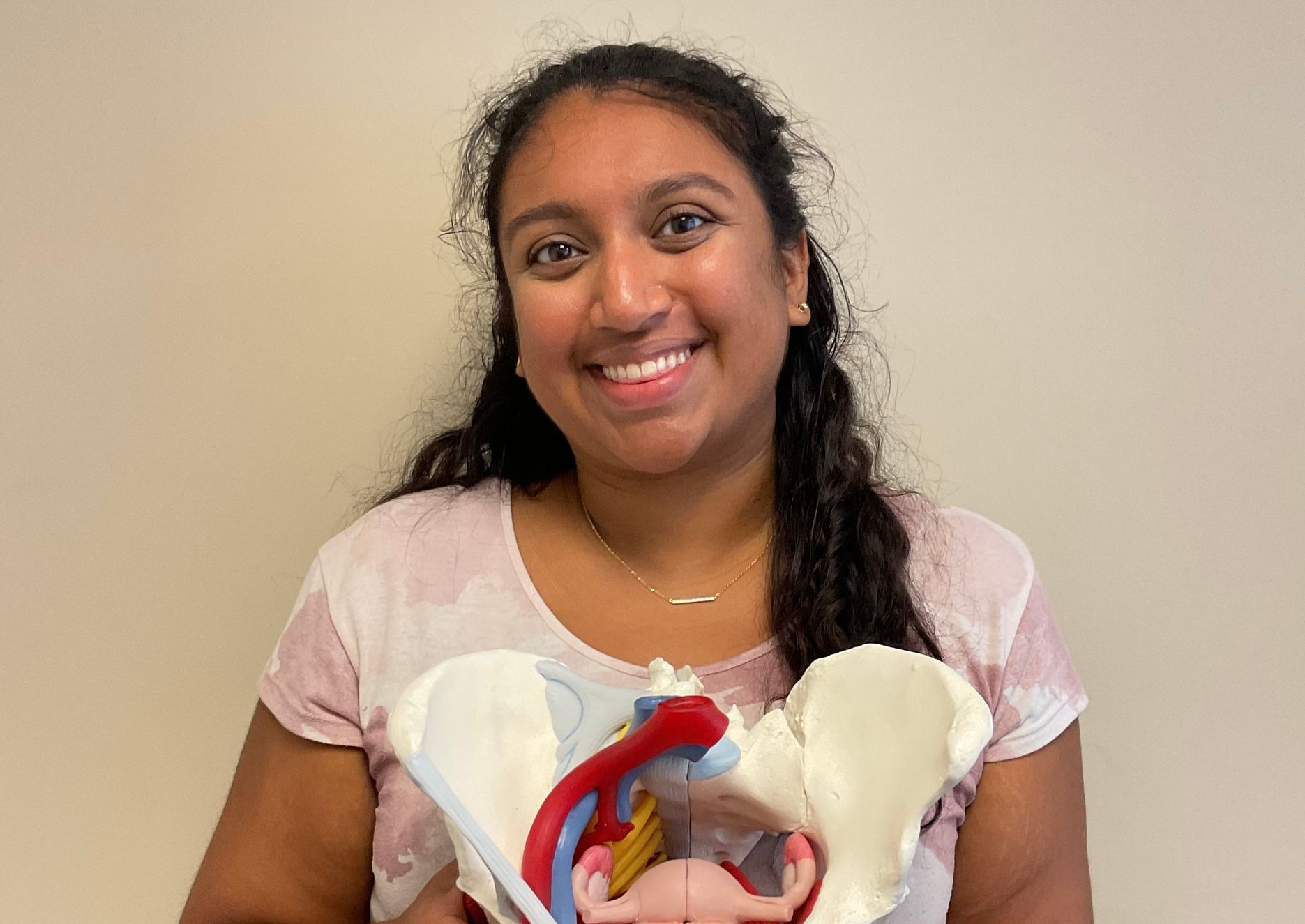Understanding Diastasis Recti After Giving Birth: A Guide for New Moms

Welcoming a new baby is an incredible experience, but it also brings physical changes that can leave many new mothers feeling overwhelmed. One common but often overlooked condition is diastasis recti. In this post, we’ll explore diastasis recti, its causes, symptoms, and effective treatments available through Bloom Wellness, a leading pelvic physical therapy clinic.
What is Diastasis Recti?
Diastasis recti is the separation of the rectus abdominis muscles, often referred to as the "six-pack" muscles. During pregnancy, the growing uterus stretches the abdominal muscles, leading to a widening of the linea alba, the connective tissue that runs down the center of the abdomen. While some separation is normal during pregnancy, many women experience persistent diastasis recti postpartum, which can lead to both functional and aesthetic concerns.
Why Does Diastasis Recti Occur?
Hormonal Changes
Pregnancy hormones, particularly relaxin, increase flexibility in the connective tissues, allowing for muscle separation.
Increased Abdominal Pressure
As your baby grows, the pressure on your abdominal wall increases, which can lead to stretching and weakening of the muscles.
Genetics
Some women may be genetically predisposed to develop diastasis recti.
Multiple Pregnancies
Women who have had multiple pregnancies are at a higher risk.
Physical Activity
Certain exercises, especially heavy lifting or traditional abdominal workouts during pregnancy, can exacerbate the separation.
Recognizing the Symptoms
Many new mothers may not realize they have diastasis recti until they notice physical changes. Common symptoms include:
- A visible gap or bulge in the middle of the abdomen, especially when engaging your core.
- A protruding belly or "pooch," even after losing pregnancy weight.
- Lower back pain or pelvic discomfort.
- Difficulty with movements like lifting or getting up from a lying position.
- Changes in posture or core stability.
If you suspect you have diastasis recti, it’s essential to consult a pelvic floor physical therapist for an accurate diagnosis and personalized guidance.
Why Seeking Help is Important
Addressing diastasis recti is crucial for both aesthetic and health reasons. Left untreated, it can lead to:
- Core instability
- Persistent back pain
- Poor posture
- Difficulty with physical activities
- Increased risk of pelvic floor disorders
Many women mistakenly believe that traditional abdominal exercises will strengthen the core, but these can often worsen the condition. This is where pelvic physical therapy at Bloom Wellness can make a significant difference.
How Bloom Wellness Can Help
Bloom Wellness offers specialized pelvic physical therapy that focuses on the pelvic region and core stability. Here’s how we can assist you:
1. Assessment and Education
The first step in treatment is a thorough assessment of your abdominal muscles and pelvic floor. Our expert therapists will educate you about diastasis recti, its implications, and how to modify daily activities to minimize strain.
2. Tailored Exercise Program
After assessment, we create a personalized exercise program focusing on:
- Gentle core activation techniques
- Breathing exercises to support core stability
- Strengthening the transverse abdominis (the deep core muscle)
- Safe movements to promote proper alignment and minimize strain
3. Postural Training
Proper posture is crucial for core engagement. Our therapists will teach you techniques to improve your posture during daily activities, helping to reduce pressure on the abdominal muscles.
4. Guidance on Safe Activities
Returning to exercise after childbirth can be daunting. Our team will guide you on safe activities to help rebuild strength without aggravating diastasis recti, including modifications to common exercises and recommendations for pelvic floor health.
5. Emotional Support
Recovering from childbirth can be emotionally challenging. Our compassionate team provides support to help you navigate both the physical and emotional aspects of recovery.
Diastasis recti is a common condition that many new moms face after giving birth, but it doesn’t have to be a permanent part of your postpartum experience. Seeking help from a pelvic physical therapist at Bloom Wellness can empower you to take control of your recovery, rebuild core strength, and enhance your overall well-being. Remember, professional support is available to guide you on your journey to recovery. Prioritize your health as you embrace this new chapter in your life!



